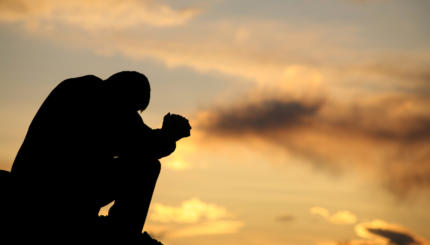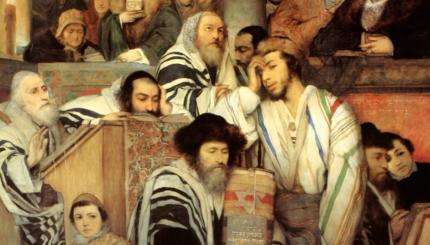Jews have adopted the styles of the countries in which they lived. The famous Altneu synagogue in Prague, for instance, is in the Gothic style, in which churches were built at the time. On the other hand, in Western lands during the nineteenth century, it was far from unusual to build synagogues in the oriental style, in the belief that this best represented the ‘oriental’ origins of Judaism: a romantic lapse from the Westernization that was proceeding apace.
But many synagogues in the West were also influenced by church buildings, although, of course, the cruciform mode was never adopted. Orthodox rabbis were opposed, too, to a synagogue having a spire like a church, and their advice was generally followed by the non-Orthodox as well.
On the question of synagogue architecture, there is a representative responsum [a written reply to a question about rabbinic law] by Rabbi Ezekiel Landau of Prague [1713-1793] (Noda’ Biyehudah, second series, Orah Hayyim, no. 18). Dated Tishri, 5548 (= 1787), this responsum was in reply to a query from Trieste, in which the questioner asked Rabbi Landau whether it was permitted to build a synagogue in an octagonal shape, or whether the synagogue had to have four walls only, that is, to be in the form of a square or an oblong. Rabbi Landau replies, on the principle that Jewish law permits innovations where there is no reason to forbid them, that a synagogue can have any form the architect and the congregation that employs him wishes, even if the form is unusual and untraditional.
There is nothing, he says, in any of the classical sources about a particular form that a synagogue has to have. He does feel obliged to add that motivation is important here, and if the motivation is to display Jewish wealth and the like, such ostentation should be avoided. Conscious of the new winds that were beginning to blow in Western Europe, which moved many Jews, Rabbi Landau concludes his Responsum with this warning:
“All this I have said in accordance with the strict letter of the law. But I wonder why they should want to do this, and I thought that perhaps they saw something like this in the palaces of princes or in some other houses and they wished to copy it. But the truth is that it is not proper for us in our exile to copy princes and to be envious of them. I recite for this the verse: ‘And Israel hath forgotten his Maker, and built palaces’ [Hosea 8:14]. It is better, therefore, not to change any of the old customs, especially in this generation. But if the reason was that there would be more room if the synagogue were built according to these specifications there is not the slightest fear of anything wrong.”
Rabbi Landau’s ruling became authoritative. Any architectural form is suitable for a synagogue and architectural innovations are allowed. But his advice, nevertheless, to keep the building simple was rarely heeded, Jews evidently believing that whatever moral objections there are to ostentation in general, these cannot apply to the erection of a splendid synagogue to the glory of God.
Reprinted with permission from Louis Jacobs, The Jewish Religion: A Companion, published by Oxford University Press.


